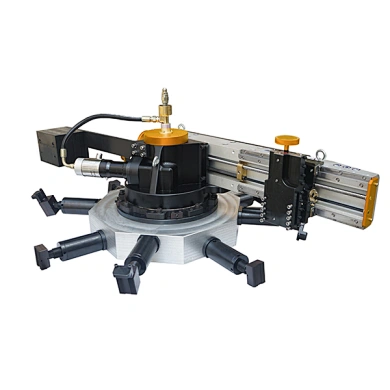10 Practical Rain Gauge Uses for Accurate Weather Monitoring and Data Collection
August 8, 2025 | News | No Comments
10 Practical Rain Gauge Uses for Accurate Weather Monitoring
Rain gauges are essential tools for collecting precise rainfall data. These instruments serve various purposes across multiple sectors, ensuring accurate weather analysis and informed decision-making.
Meteorological Applications
Meteorologists rely on rain gauges to track precipitation patterns, predict storms, and issue timely weather alerts. This data supports climate research and improves forecasting models.
Agricultural Benefits
Farmers use rainfall measurements to optimize irrigation, prevent overwatering, and enhance crop yields. Proper water management reduces costs and supports sustainable farming.
Urban Planning and Flood Control
Cities employ rain gauges to monitor drainage systems, assess flood risks, and design effective infrastructure. This helps mitigate water-related disasters in populated areas.
Environmental Conservation
Researchers analyze precipitation data to study ecosystem changes, water cycles, and the impact of climate change on natural habitats.
Educational Purposes
Schools and universities use rain gauges in science curricula to teach students about weather phenomena, data collection, and environmental science.
Home Gardening
Gardeners monitor rainfall to maintain healthy plants, avoid overwatering, and conserve water resources efficiently.
Sports and Event Planning
Outdoor event organizers use real-time rainfall data to schedule activities, ensure safety, and minimize weather-related disruptions.
Water Resource Management
Government agencies track precipitation to manage reservoirs, plan water distribution, and address drought conditions effectively.
Hydrological Studies
Scientists measure rainfall to understand river flow, groundwater recharge, and watershed health, supporting vital water resource projects.
Disaster Preparedness
Emergency services use rain gauge data to anticipate floods, landslides, and other natural disasters, enabling proactive community warnings.
Frequently Asked Questions
How does a rain gauge work?
It collects and measures rainfall over a set period, typically in millimeters or inches, using a calibrated container.
Why is accurate rainfall data important?
Precise measurements support weather prediction, agriculture, flood control, and environmental protection efforts.
Explore more rain gauge uses to enhance your data collection strategies.
Ready to optimize your weather monitoring? Invest in a high-quality rain gauge for reliable, accurate rainfall measurements and better decision-making.

